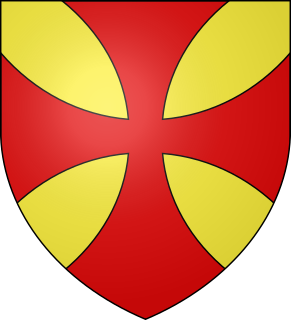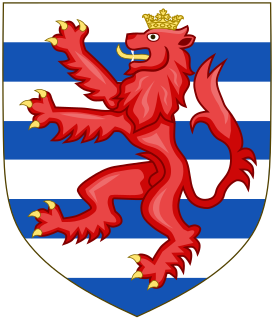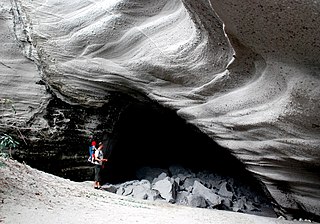 W
WAbu Zakariya Yahya was the founder and first sultan of the Hafsid dynasty in Ifriqiya. He was the grandson of Sheikh Abu al-Hafs, the leader of the Hintata and second in command of the Almohads after Abd al-Mu'min.
 W
WAl‐Malik A‐Ashraf Umar Ibn Yūsuf Ibn Umar Ibn Alī Ibn Rasul, also as Umar Ibn Yusuf was the third Rasulid sultan and also an Arab mathematician, astronomer and physician.
 W
WBalian III of Beirut was the Lord of Beirut, the second of his family, from 1236, and a son of the famous "Old Lord" John of Ibelin, by his second wife Melisende of Arsuf. From his father he assumed the leadership of the nobility in the War of the Lombards, fought against the agents of the Emperor Frederick II.
 W
WHenry I of Cyprus, nicknamed the Fat was King of Cyprus from 1218 to 1253. He was the son of Hugh I of Cyprus and Alice of Champagne. When his father Hugh I died on January 10, 1218, the 8-month-old Henry became king. His mother was the official regent, but handed off the actual governing to her uncle, Philip of Ibelin. When Philip died, the effective regency passed to his brother, John of Ibelin, the Old Lord of Beirut.
 W
WHethum I ruled the Armenian Kingdom of Cilicia from 1226 to 1270. He was the son of Constantine, Lord of Baberon and Princess Alix Pahlavouni of Lampron and was the founder of the dynasty which bears his name: the Hetoumids. Due to diplomatic relations with the Mongol Empire, Hethum himself traveled to the Mongol court in Karakorum, Mongolia, which was recorded in the famous account The Journey of Haithon, King of Little Armenia, To Mongolia and Back by Hetoum's companion, the Armenian historian Kirakos Gandzaketsi.
 W
WHugh I succeeded to the throne of Cyprus on 1 April 1205 underage upon the death of his elderly father Aimery, King of Cyprus and Jerusalem. His mother was Eschiva of Ibelin, heiress of that branch of Ibelins who had held Bethsan and Ramleh.
 W
WHugh II of Cyprus was king of Cyprus and, from the age of 5 years, also Regent of the Kingdom of Jerusalem.
 W
WJohn of Ibelin, often called John II, was the Lord of Beirut from 1254, named after his grandfather John I, the famous "Old Lord of Beirut". His parents were Balian of Ibelin and Eschiva de Montfaucon, daughter of Walter of Montbéliard and Bourgogne de Lusignan of Cyprus.
 W
WXolotl was a 13th-century Chichimec leader, a Tlatoani. He was named after Aztec god Xolotl.
 W
WMehmet I of Karaman, also known as Şemseddin Mehmet, was the second bey of Karaman Beylik, a Turkish principality in Anatolia in the 13th century. His father was Karaman Bey.
 W
WNogai, also called Nohai, Nokhai, Nogay, Noqai, Ngoche, Noche, Kara Nokhai, and Isa Nogai, was a general and de facto ruler of the Golden Horde and a great-great-grandson of Genghis Khan. His grandfather was Bo'al/Baul/Teval Khan, the 7th son of Jochi. Nogai Khan was also a notable convert to Islam.
 W
WNopaltzin was a 13th-century Chichimec leader, a tlatoani. His name means "Cactus King" in the Nahuatl language.
 W
WRoi Mata was a powerful 12th century Melanesian chief from what is now Vanuatu. His elaborate grave, containing the bodies of over 25 members of his retinue, was discovered by French archaeologist Jose Garranger in 1967 and inscribed on the World Heritage List in 2008. Garranger was able to locate the grave on Eretoka island by analyzing local folklore. According to legend, when Roi Mata conquered the land, his first goal was to unite the tribes to form an army.